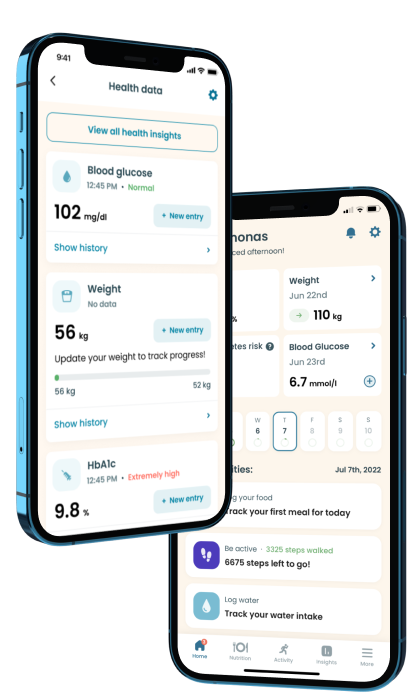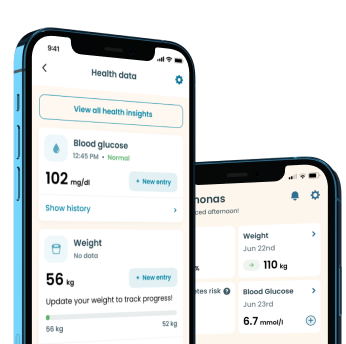Weightlifting and Diabetes

When you have diabetes, the most important thing you can do is to learn to properly manage blood sugar levels. This is primarily done by closely monitoring what you eat and drink, but exercise can also play a role. In fact, controlling your weight is a vital part of your diabetes management plan and adding fitness activities to your routine can help. Weightlifting and diabetes have an interesting interaction on blood sugar. Check it out below.
Benefits of Weightlifting for Diabetes
You might not think that weightlifting and diabetes go together, but this form of exercise can have a powerful impact on your body and its ability to manage your blood sugar levels. Resistance training can help your body use insulin because being active improves insulin sensitivity. At the same time, lifting weights builds muscle, which boosts metabolism and helps your body burn fat more efficiently. That helps you control your weight, which in turn, helps you manage your diabetes symptoms.
Take a quiz
Discover what Klinio app can do for you
Healthy diabetes meal plan crafted just for YOU

Personalized workouts with no equipment needed

Track your progress with smart tracking tools

How to Do It
There are a few ways to lift weights effectively. You can use heavier weights with a rest between sets or you can use lighter weights to perform more repetitions and build endurance in addition to strength. When you do more sets, you will have to pay closer attention to your blood sugar. The same goes for a workout that incorporates a lot of leg exercises, such as squats and lunges. That’s because this more closely resembles a cardio workout, which may require you to refuel along the way. You should do two to three strength training sessions each week. Each session should last for about 20 to 30 minutes and should target each of your major muscle groups.
How Weightlifting Can Prevent Diabetes
Not only can weightlifting control your condition, but it’s also a great way to reduce the risk of diabetes, specifically type 2 diabetes. Resistance training increases muscle mass, which helps control insulin resistance, lower body fat and manage blood sugar levels. Research shows that a regular strength training routine can reduce the risk of type 2 diabetes by more than 30 percent. That’s a significant enough number to consider adding it to your diabetes treatment plan.
Weightlifting can be done at the gym using machines or free weights, but you can get just as effective a workout at home. Keep several hand weights and kettlebells on hand. Resistance bands are another tool that can help you build muscle. Talk to your doctor before you begin any new exercise routine but weightlifting and diabetes are a good mix.

Download Klinio app!
Get more by downloading our free Klinio App. Analyze your health, form new habits and manage your diabetes anytime, anywhere.
OR
SCAN QR CODE



GET THE APP









